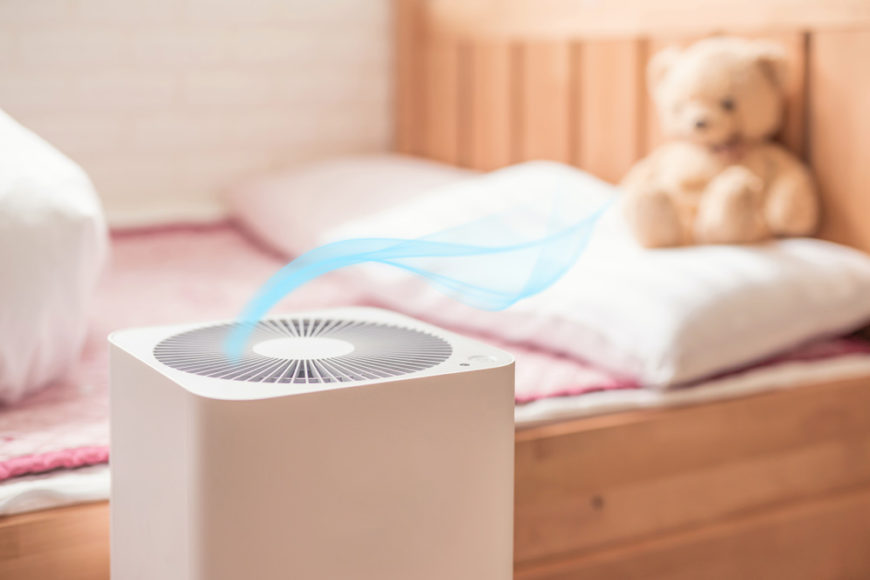Air purifiers can significantly improve the air quality at home and office by removing dust, allergens, pollen, mold, and bacteria that float in the atmosphere.
Air purifiers are proven to have health benefits, including removing asthma triggers and allergens, lowering the risk of leukemia by eliminating volatile organic compounds, and reducing hospital contamination. Furthermore, air purifiers can eliminate unpleasant smells, snoring sounds, and cigarette odors.
This article will give an overview of the five most common types of filters available in the market.
The Basic Air Filters and HEPA Filters
Air filters or air cleaners are the most common type of filters used. They are made up of foam, fiberglass, cotton, and other materials that can trap particles. Air filters use paper, fiber, or mesh filter to capture unwanted particles like dust and pollen.
The strength of an air filter can be measured using the Minimum Efficiency Reporting Value (MERV) rating. Better air filters have a higher MERV rating.
The most sophisticated and powerful type of air filter is the Highly efficient particulate air (HEPA) filters, and they have the highest MERV rating.
Since the particulates are trapped in the filter, the filter needs to be changed every month or two once they fill up.
Some companies offer air filter subscription service that delivers filters right at the doorstep. The air filter subscription also serves as a reminder to remind the user when to change their filters to maintain the best indoor air quality.
Electrostatic Filters
As the name implies, this type of air purifier uses an electrically charged panel to capture the particulates. The electrostatic filters charge the particles in the air and collect them in the machine.
Most models of electrostatic filters have removable plates that can be washed and cleaned before reusing.
The downside of this type of filter is that they can produce ozone, which can cause serious health problems.
Gas-Phase Air Filters (Activated Carbon Filters)
This type of air filter eliminates gases and odors using a product such as activated carbon.
Some activated carbon filters are strong enough to remove volatile organic compounds. The larger particles can also get trapped in them.
Activated carbon filters are perfect for homeowners who want to eliminate unpleasant smell in their home.
UV Lights Filter
UV filters are said to be germicidal and use ultraviolet light to eliminate and destroy biological impurities, including mold, bacteria, and sometimes even viruses.
However, UV light filters may or may not work and should be installed together with other types of filters to function well, such as installing them within the HVAC system. The combination of these filters can promote the elimination of both particulates and biological pollutants, producing a germ-free air.
Ionizers and Ozone Generators
Although ionizers and ozone generators produce slightly different molecules, their working principles are pretty much the same.
Ozone generators use either UV light or electrical discharge to produce ozone, which can cause lung irritation or permanent lung damage in people suffering from respiratory conditions. For this reason, ozone generators are not recommended by the Environmental Protection Agency (EPA).
These are the different kinds of air purifiers that you must know about. You should use the type of air purifier that not only keeps the air around you clean but is also safe for the environment.
